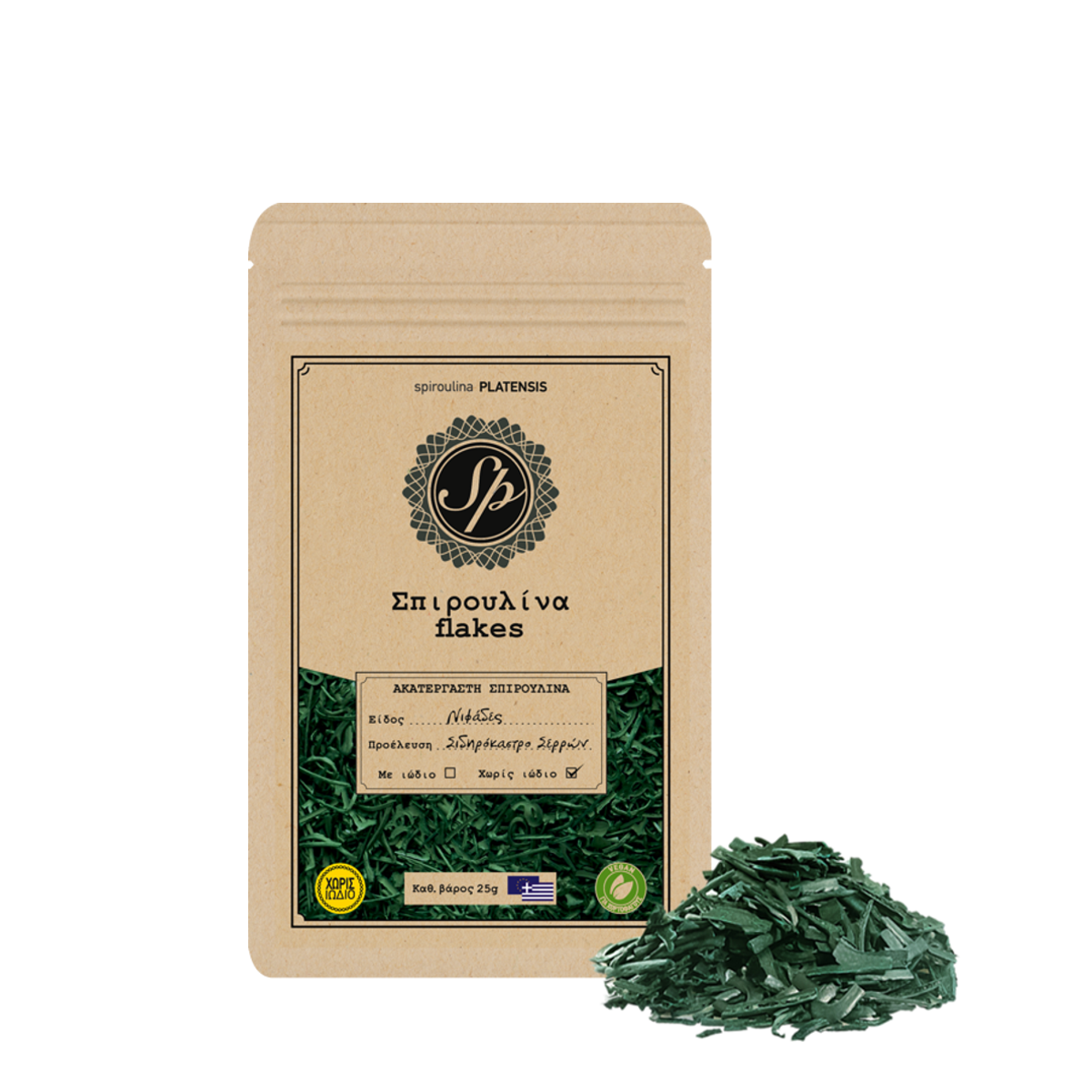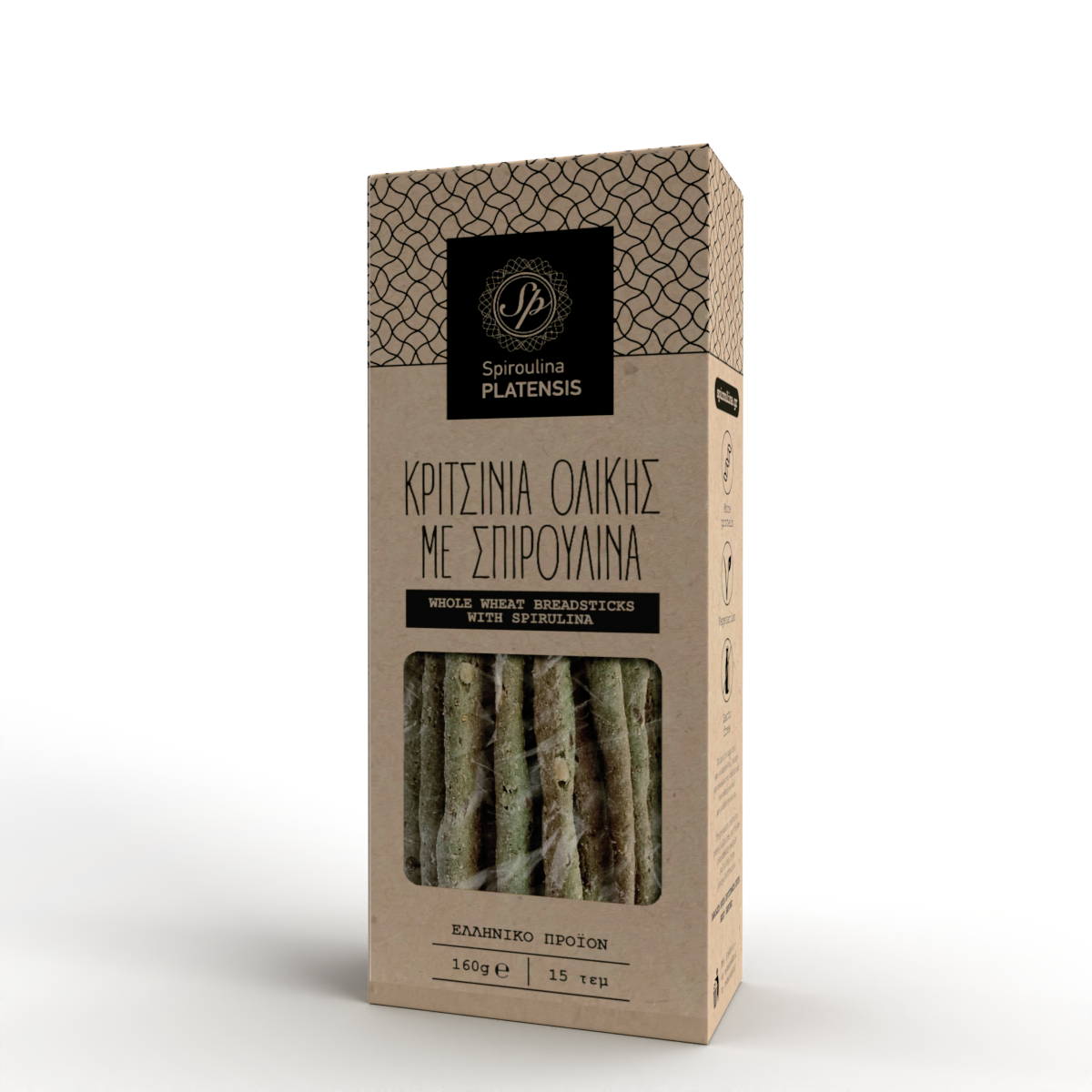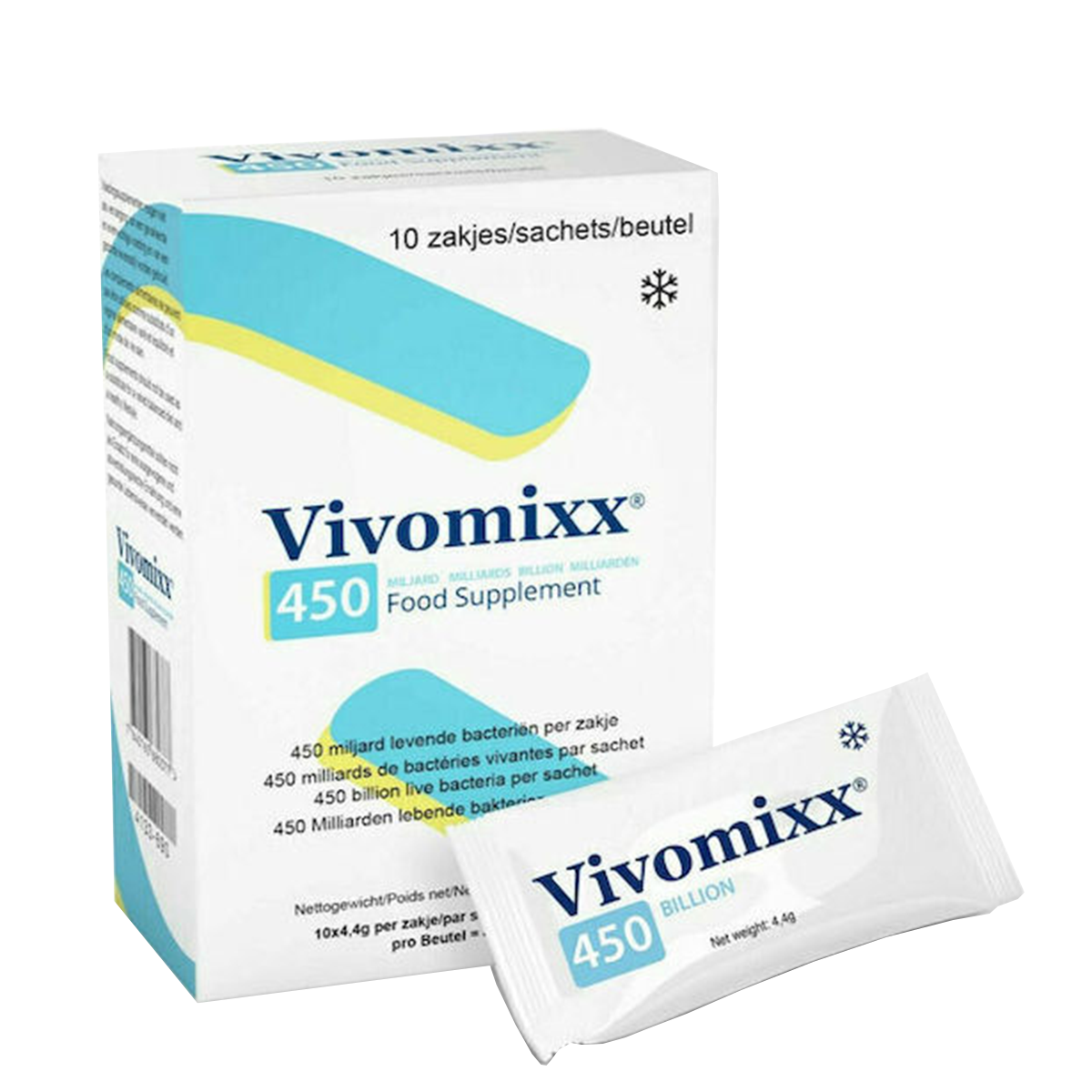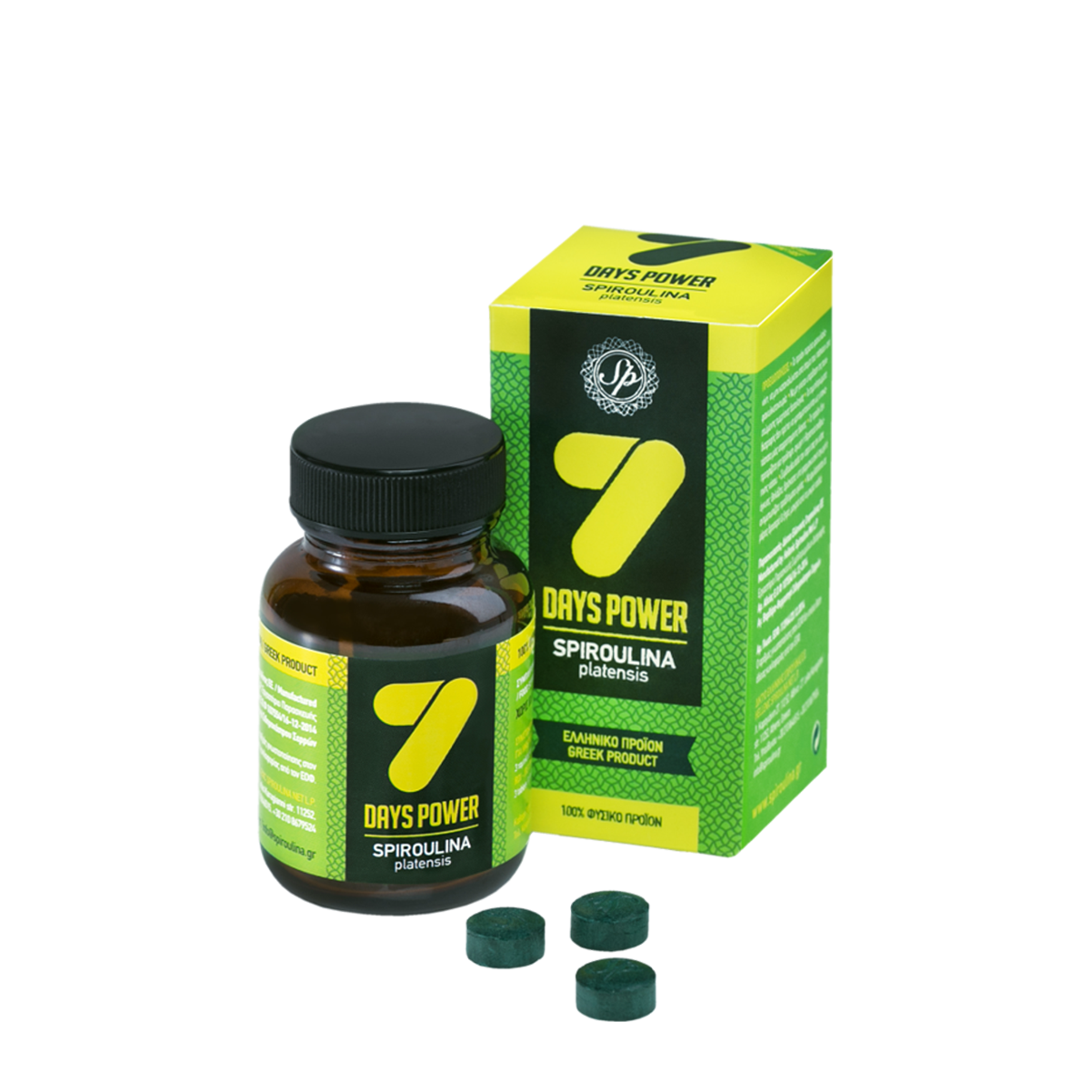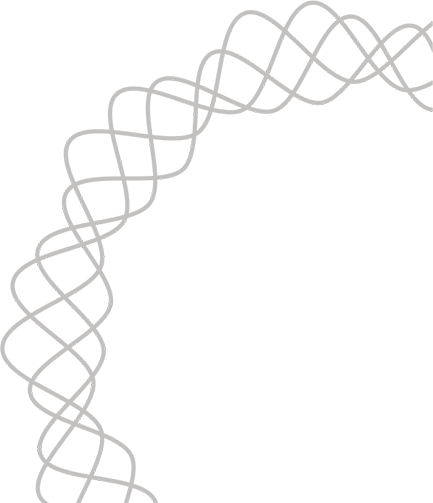Viruses consist of DNA or RNA.
They are intracellular parasites and reproduce in host cells using their enzymes. During their reproduction process, they destroy living cells.
When viruses destroy many body cells, an infection called viral occurs.
Viral infections are:
- the common cold (rhinoviruses)
- the flu (influenza virus)
- chickenpox (chickenpox virus)
- herpes (herpes simplex virus)
- AIDS (ΗIV virus)
Viruses are treated with the following:
- vaccines, which stimulate the immune system against infection and are the first line of defense
- antiviral agents that are the second line of defense.
Strengthening our immune system also plays an essential role in dealing with viruses, by consuming foods rich in antioxidants and vitamins, such as fresh fruits and vegetables, nuts, etc. The intake of protein foods (such as lean meat, fish, eggs, and dairy products) is also considered very necessary. 50
Various in vitro studies conducted using cyanobacteria have shown the potential ability of these organisms to act as antiviral agents.
More specifically, laboratory research showed the inhibitory effect of a hot aqueous extract of S.Platensis on the proliferation of herpes simplex virus type 1 (HSV-1).10
Other research has also shown that spirulina has beneficial effects against:
- of human cytomegalovirus (HCMV)4 12
- of the measles virus 4 12
- of mumps virus 4 12
- of the influenza A virus 4 12
- of HIV-1 virus 3 4 12 20, which causes the incurable infectious disease AIDS (Acquired Immune Deficiency Syndrome) and enterovirus 71 40.
The anti-viral activity of spirulina is probably due to the prevention of virus penetration into the host cell and is mainly attributed to the polysaccharide spirulan, contained in spirulina, in combination with other, uncharacterized polysaccharides and protein components 4.
The action of Spiroulina PLATENSIS is also important against the Coronavirus (SARS COV19). World First Clinical Study carried out at the Department of Pathology of the Naval Hospital of Crete by Drs. Ilias E. Mazokopaki & Dr. Maria G. Papadomanolaki & published in European Journal of Medical and Health Sciences [2022; 4(3), 82-83] highlights the contribution of Spiroulina PLATENSIS to the prevention & treatment of COVID-19. Read more here.
In a recent scientific article,51 published in a reputable foreign medical journal, it is pointed out, among other things, the role of spirulina in treating coronavirus and flu infections.
The pigment phycocyanobilin (PCB), which only spirulina contains, inhibits the enzyme complex NADPH-oxidase, also known as the oxidase of the “respiratory burst” or “oxidative burst”, responsible for the induction of oxidative stress (i.e. increased production of reactive oxygen species / ROS) by the virus in lung epithelial cells, as well as in phagocytes attracted to the lung parenchyma. By inhibiting NADPH-oxidase, the signaling capacity of the TLR7 receptor located on the membrane of infected cells is maintained for the production of type 1 interferon and antiviral antibodies, important for the defense of our body.
![]() For bibliographic references go to the tab ‘Bibliography’
For bibliographic references go to the tab ‘Bibliography’
‘UNDER NO CIRCUMSTANCES CAN THE INFORMATION LISTED BE A SUBSTITUTE FOR MEDICAL-SCIENTIFIC ADVICE OR BE USED FOR SELF-TREATMENT. INFORMATION IS PROVIDED ON SCIENTIFICALLY PROVEN PROPERTIES OF SUBSTANCES CONTAINED IN SPIRULINA, AS WELL AS INDICATIVE BIBLIOGRAPHY’
 FREE SHIPPING COSTS
FREE SHIPPING COSTS


